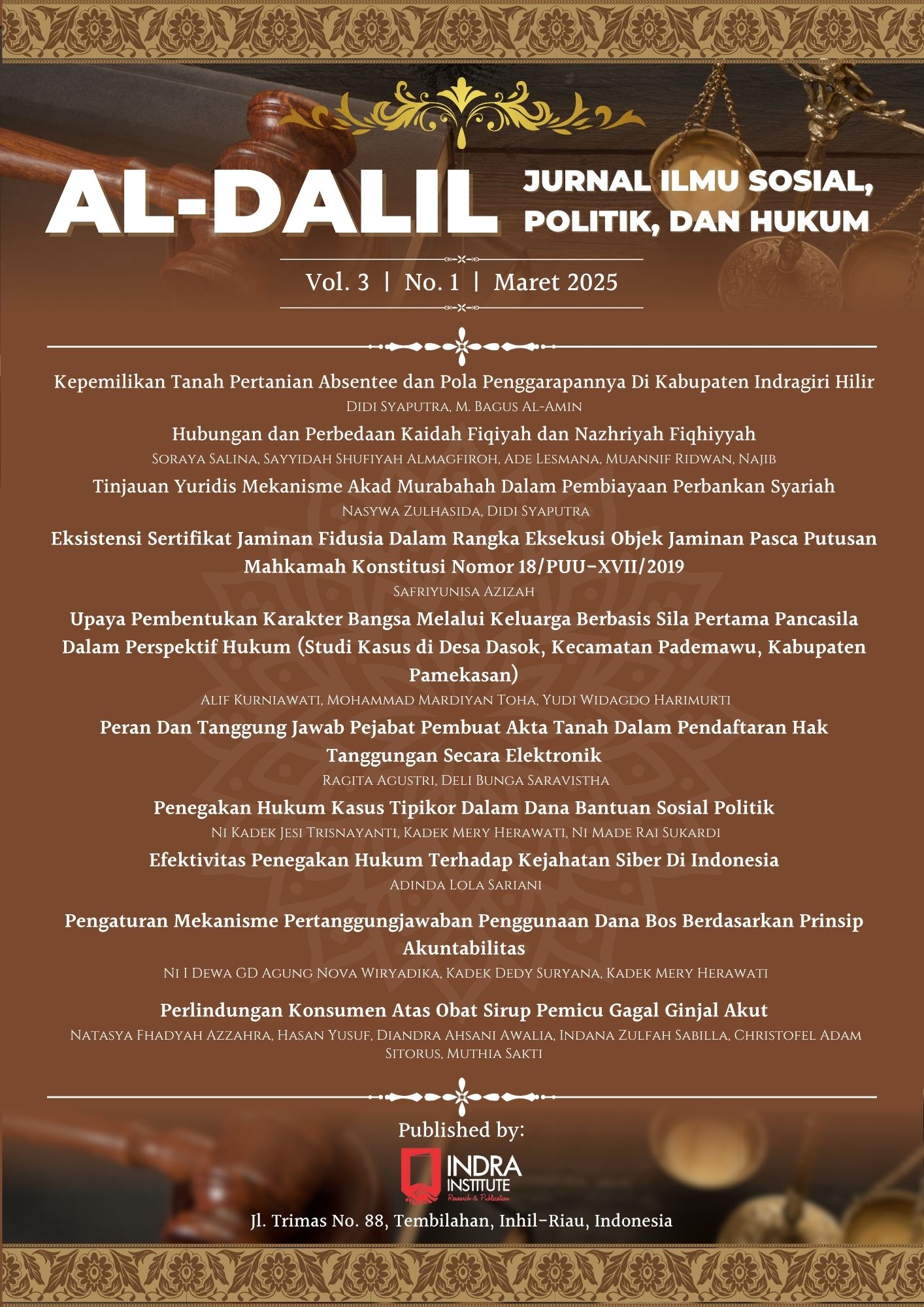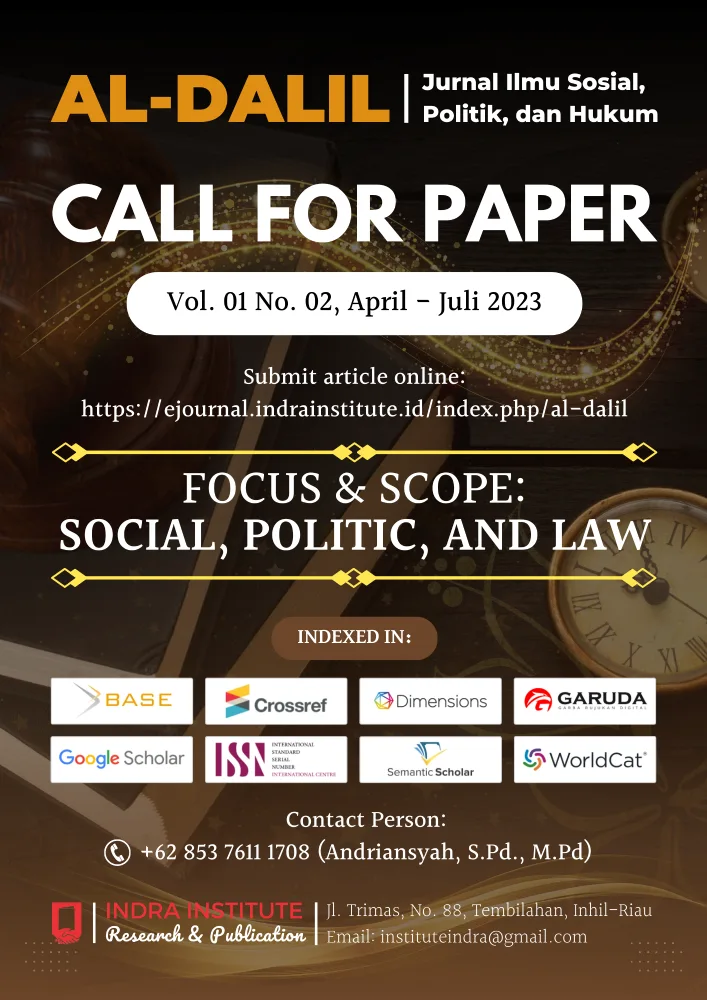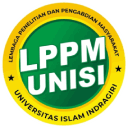Hubungan dan Perbedaan Kaidah Fiqiyah dan Nazhriyah Fiqhiyyah
DOI:
https://doi.org/10.58707/aldalil.v3i1.1213Keywords:
Kaidah Fiqiyah , Nazhriyah Fiqhiyyah , Hukum Islam , FiqihAbstract
Islamic law as a source of national law is a collection of rules based on norms or rules of fiqhiyah. Fiqh as a form of Islamic law is required to always be current to become a religious solution for society. Over a long period of time, fiqh as a product of the thoughts of scholars can be found in various fiqh books with various styles of schools of thought and various methods and patterns in their explanations. This research aims to examine the relationship and differences between fiqiyah rules (principles of Islamic law) and nazhriyah fiqhiyyah (theories of Islamic law). Fiqiyah rules are general rules derived from the syar'i texts (Al-Qur'an and Hadith) and are used to explain the laws of fiqh on various issues. Meanwhile, nazhriyah fiqhiyyah are concepts or theories developed by scholars to understand, classify and formulate fiqh laws systematically. The method used in writing this article is the literature review method by examining and referring directly to primary and secondary references in studying the relationship and differences between Fiqiyah and Nazhriyah Fiqhiyyah rules.
Downloads
Published
How to Cite
Issue
Section
License
Copyright (c) 2025 AL-DALIL: Jurnal Ilmu Sosial, Politik, dan Hukum

This work is licensed under a Creative Commons Attribution-NonCommercial-ShareAlike 4.0 International License.










